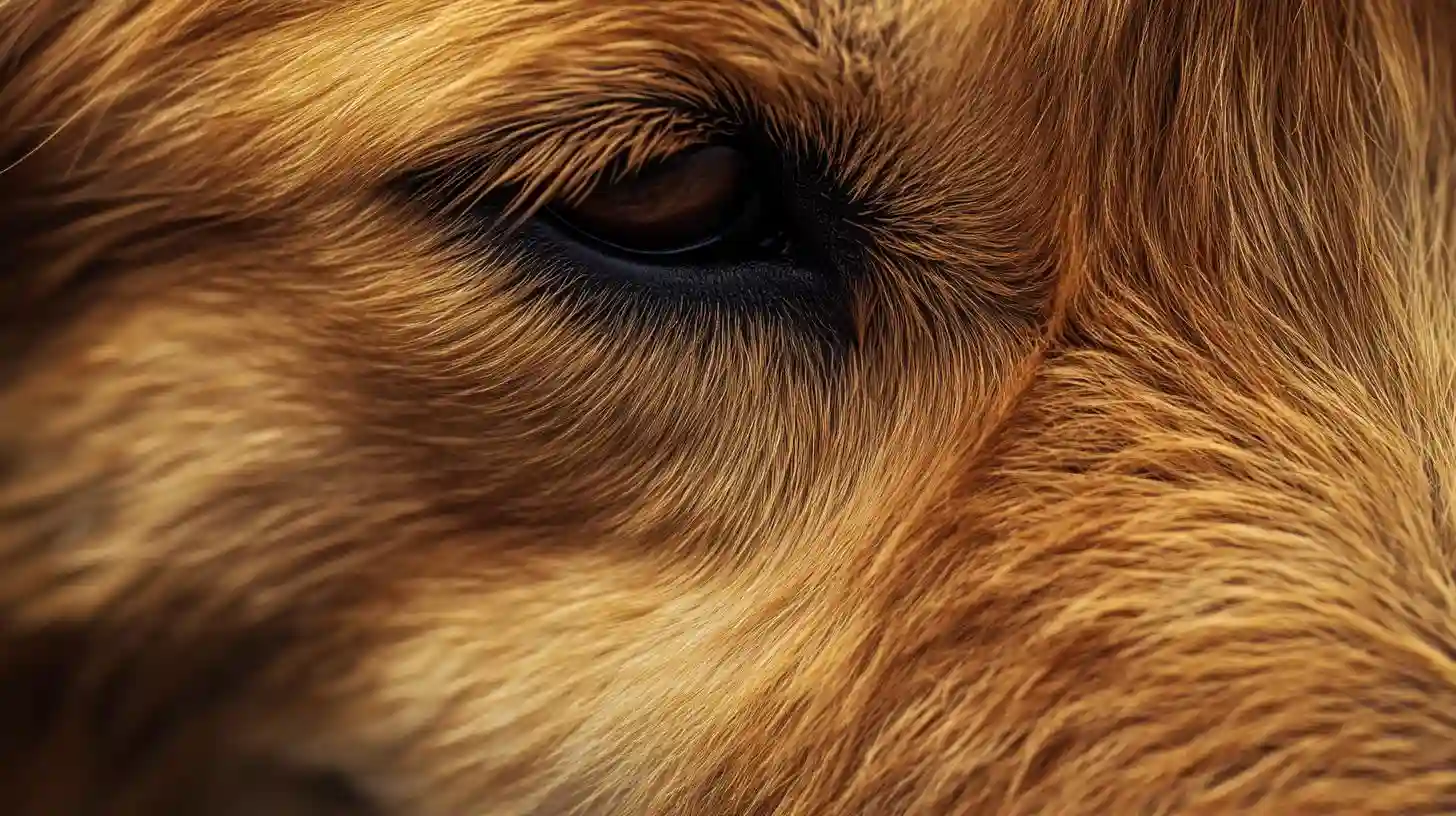
The thick fur of many furry companions serves multiple purposes, both functional and emotional. Understanding the reasons behind this unique adaptation requires delving into the evolutionary history of these animals, their natural habitats, and their interactions with humans. Thick fur is not simply a feature of appearance; it is intricately linked to survival, comfort, and even social dynamics among different species.
One of the primary reasons for thick fur in many animals is the need for insulation. In colder climates, animals have evolved to develop a dense undercoat and longer guard hairs. This layer of fur traps heat close to the body, allowing them to regulate their body temperature more effectively during chilly weather. Insulation is crucial for maintaining core body temperature, as many of these species would struggle to survive without such protection. For example, breeds like the Siberian Husky or the Alaskan Malamute possess incredibly thick fur coats, which not only keep them warm but also protect them from harsh wind, snow, and ice.
Moreover, thick fur serves as a barrier against various environmental conditions. For animals that roam through dense forests or rugged terrains, a robust fur coat can provide protection against thorny bushes, sharp branches, and biting insects. Fur can help reduce the damage inflicted by these natural obstacles, so animals can move with greater agility in their habitats. Additionally, a thick fur coat can help shield animals from the sun’s harsh rays, preventing sunburn and damage to their skin. In this way, thick fur acts as a multifunctional barrier, allowing animals to thrive in diverse environments.
Another essential aspect of thick fur is its role in communication and social interactions. Many animals rely on body language for communication, and fur plays a significant role in how these messages are conveyed. For example, an animal may puff up its fur to appear larger and more intimidating when threatened or agitated. This display can be a visual warning to other animals, signaling that they should back off. Conversely, when an animal relaxes and flattens its fur, it can indicate calmness or contentment, signaling to others that there is no immediate threat. In this sense, thick fur becomes an integral part of the animal's communication toolkit, aiding both in defense and social bonding.
Pet owners often marvel at the luxuriousness of their furry companions' coats, but they must also consider the maintenance requirements that come with thick fur. Regular grooming is not just a matter of aesthetics; from a health standpoint, it is crucial for removing dirt, debris, and dead hair from the fur. Grooming can help prevent matting and tangles that may lead to skin issues or discomfort for the animal. Moreover, it allows for better airflow to the skin, which can help keep it healthy and free from infections.
Another important aspect is how thick fur can affect an animal's behavior and temperament. Some breeds with dense coats are known to be more energetic and playful. This may stem from their evolutionary background, where they needed to expend energy in colder climates. As they navigate their environments, these animals may exhibit behaviors that are more pronounced due to their fur. Thick fur might also dampen noise levels in certain environments, explaining why some animals can move stealthily despite their size.
For animals in warmer climates, thick fur can pose challenges. While you may think thicker fur would inhibit comfort in heat, many species naturally shed or have adapted their fur types to balance insulation and airflow. Maintaining the right environment is essential for these animals; they may rely on water, shade, and appropriate hydration to cope with the heat. For pet owners, understanding the needs of furry companions in these circumstances is crucial to ensure their well-being.
The role of thick fur extends beyond functionality. For many people, the presence of a furry friend can significantly enhance emotional well-being. The act of petting an animal can lower stress levels, elevate mood, and foster connections between humans and animals. This bond often grows deeper as owners learn to appreciate the unique fur patterns, colors, and textures that come with their companions. The tactile sensation of running one's fingers through thick fur can serve as a grounding experience, creating a sense of warmth and companionship that enriches lives.
Understanding the importance of thick fur in our furry companions highlights the intricate connections between biology, environment, and the bonds we share with our pets. It showcases both the beauty and complexity of nature, reminding us that beneath the surface lies a wealth of information about how animals thrive and interact in their world. Whether for warmth, protection, communication, or emotional connection, thick fur remains a fascinating aspect of the animal kingdom that continues to intrigue pet owners and biologists alike. The intricate relationship between furry companions and their environments illustrates the delicate balance of life and the myriad ways in which evolution shapes form and function.